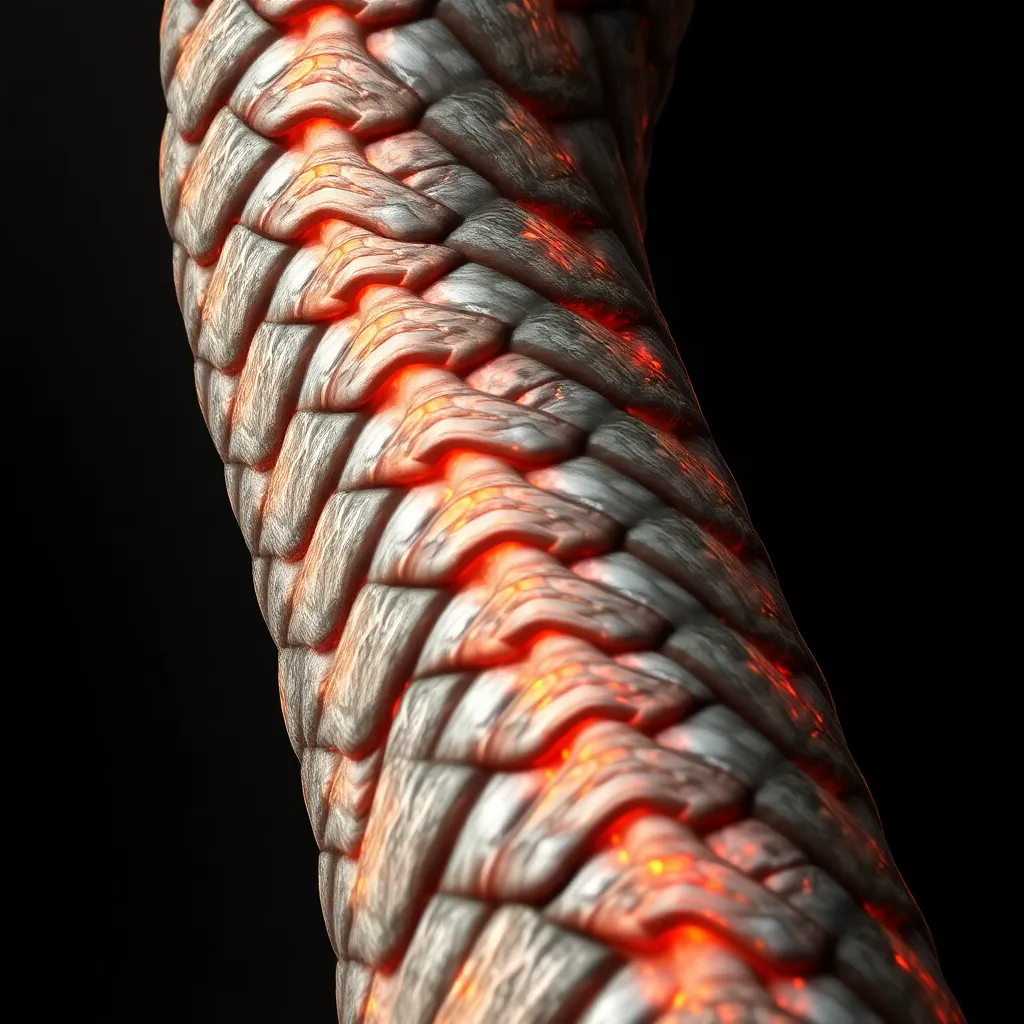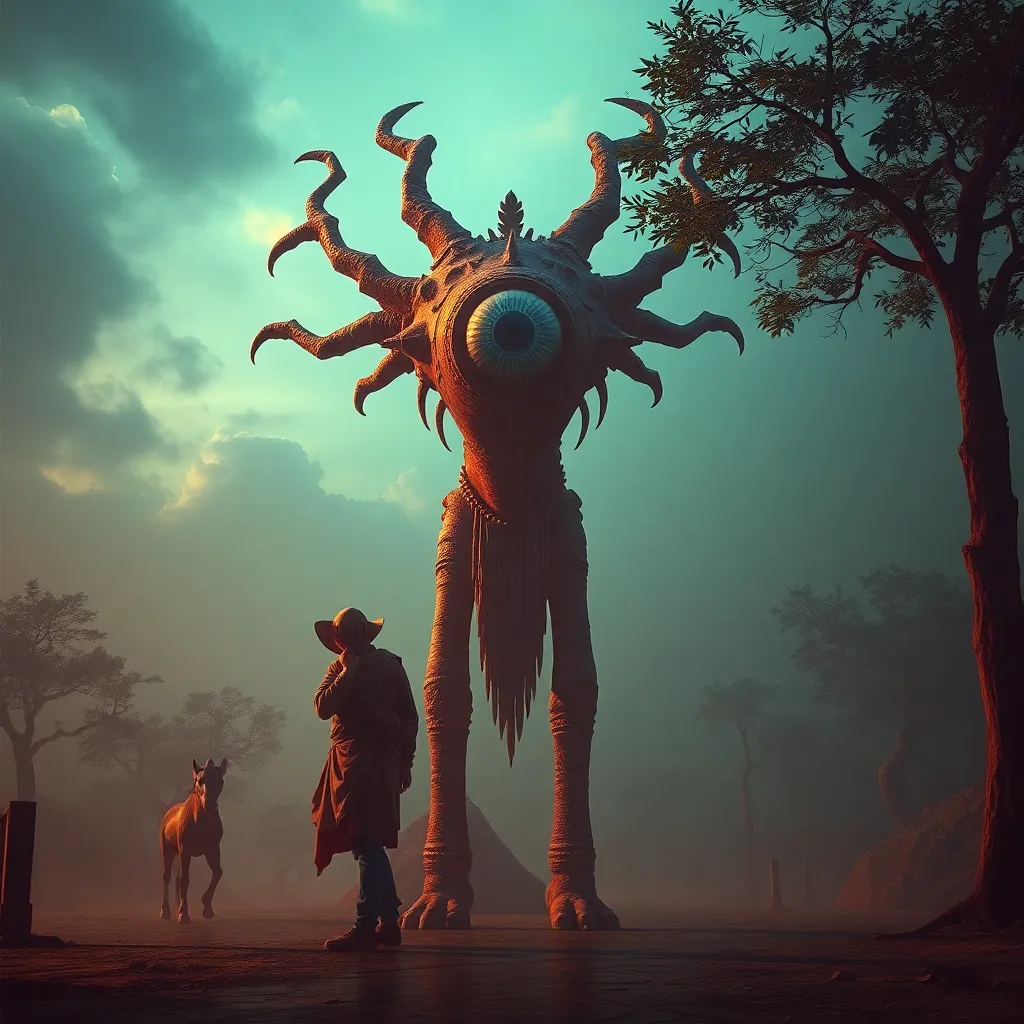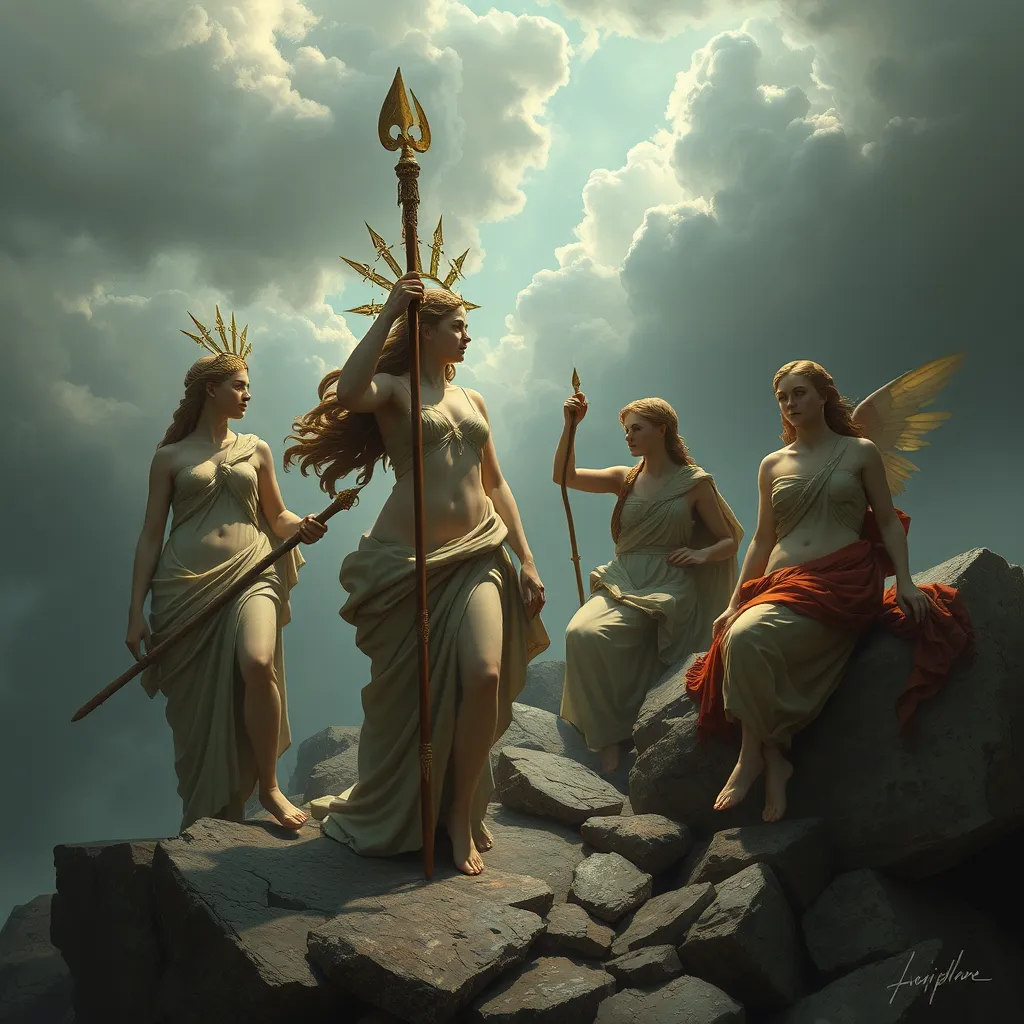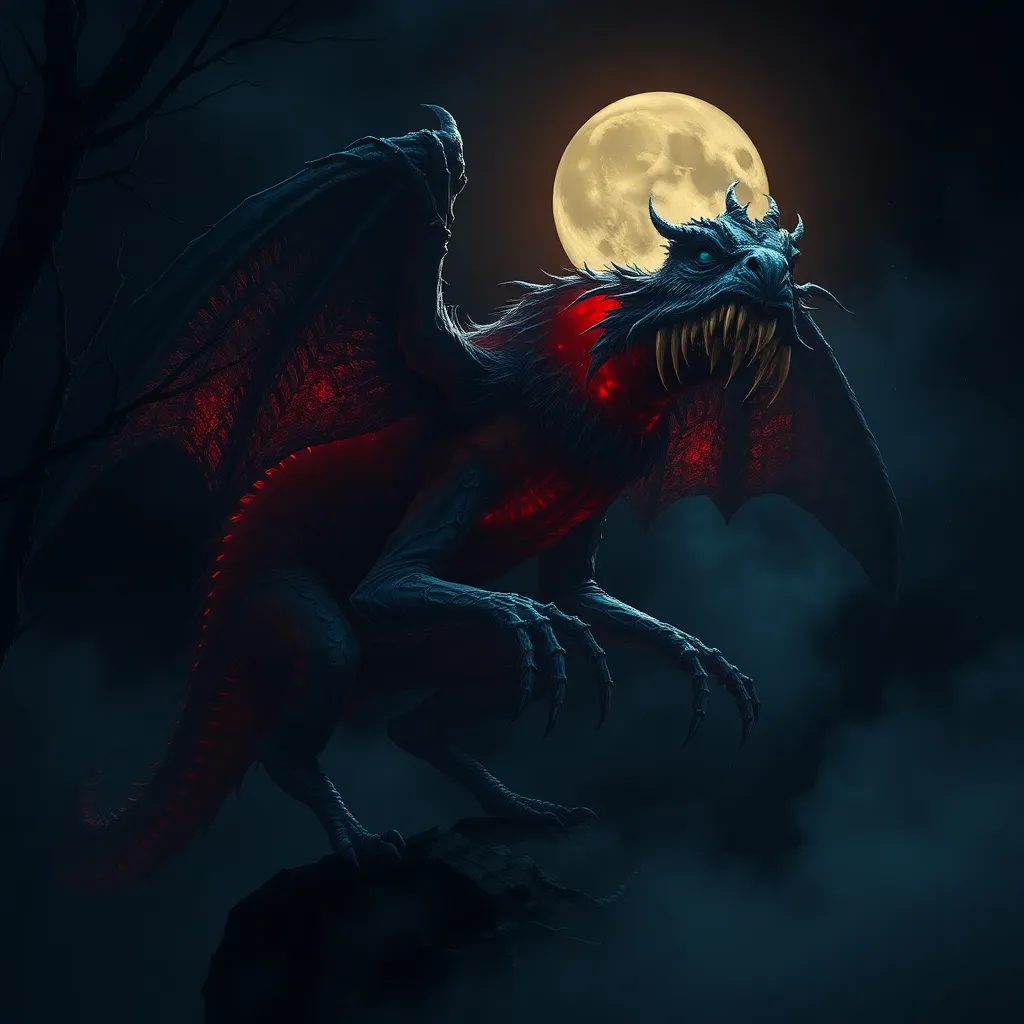The Serpents of Cerberus: A Closer Look at the Mythical Hound’s Tail
I. Introduction
Cerberus, the three-headed hound of Greek mythology, is a formidable figure that has captured the imagination of many throughout the ages. As the guardian of the Underworld, Cerberus plays a crucial role in the mythological narrative, acting as a barrier between the living and the dead. His significance extends beyond mere ferocity; he embodies the themes of protection and danger, making him a complex character within the myths.
One of the most striking features of Cerberus is his tail, which is adorned with serpents. These serpents are not just decorative; they enhance the menacing presence of Cerberus and add layers of meaning to his character. This article delves into the origins, symbolism, and cultural representations of Cerberus and his serpentine tail.
II. Origins of Cerberus
The origins of Cerberus can be traced back to ancient Greek mythology, where he was born to the monstrous pair Echidna and Typhon. Echidna, often referred to as the “Mother of Monsters,” and Typhon, a fearsome giant, represent chaos and danger. This lineage establishes Cerberus as a creature born of formidable power and intimidation.
As the offspring of these two beings, Cerberus embodies their essence, serving as a sentinel of the Underworld. His primary function is to prevent the souls of the dead from escaping and to ensure that the living do not enter without permission. This role cements his position as a pivotal figure in the mythological landscape, reflecting the ancient Greeks’ beliefs about death and the afterlife.
III. The Symbolism of the Tail
The tail of Cerberus, adorned with serpents, carries significant symbolism in ancient art and literature. In many depictions, the serpents are portrayed as fierce and coiled, ready to strike. This imagery conveys a sense of danger, reinforcing Cerberus’s role as a guardian.
- Danger: The serpents symbolize the threats that lurk in the shadows of the Underworld, emphasizing the peril of crossing boundaries.
- Protection: Just as the serpents protect Cerberus, they also signify his protective nature over the realm of the dead.
- Transformation: Serpents are often associated with transformation and rebirth, which can reflect the cyclical nature of life and death.
In literature, the serpents serve as a reminder of the duality of Cerberus—both a protector and a fearsome deterrent.
IV. The Serpents: A Detailed Description
The serpents that adorn Cerberus’s tail are depicted with various physical characteristics across different sources. They are often described as long, sinuous, and venomous, enhancing Cerberus’s fearsome reputation. Some accounts suggest that the serpents can hiss and bite, adding an element of active danger to their already intimidating presence.
Variations in descriptions can be seen in ancient texts, where some portray the serpents as multiple smaller snakes, while others depict them as a single larger serpent. This inconsistency reflects the evolving nature of myth and the various interpretations by artists and writers throughout history.
The role of the serpents in Cerberus’s overall appearance is undeniable. They not only enhance his fear factor but also serve as a visual representation of the themes of death and the unknown that permeate his character.
V. Cerberus in Popular Culture
Cerberus has made a significant impact on modern literature and film, showcasing the enduring nature of this mythological creature. From video games to movies, Cerberus is often depicted as a guardian figure, sometimes with a more heroic twist.
- Literature: In works such as “The Divine Comedy” by Dante Alighieri, Cerberus is portrayed as a gluttonous beast, reflecting the sins of those in the afterlife.
- Film: Movies like “Harry Potter and the Sorcerer’s Stone” feature a three-headed dog named Fluffy, inspired by Cerberus, guarding a hidden treasure.
- Video Games: Titles such as “Hades” and “God of War” present Cerberus as a powerful adversary or ally, exploring themes of loyalty and protection.
The evolving image of Cerberus and his serpents demonstrates how mythology can adapt and thrive in contemporary culture, often reflecting modern values and themes.
VI. Comparative Mythology
In comparative mythology, Cerberus finds parallels in various cultures. Many societies feature monstrous guardians or creatures that symbolize the boundary between life and death. For example:
- Fenrir: In Norse mythology, the wolf Fenrir serves as a guardian figure, representing chaos and the inevitable destruction of the gods.
- Yamata no Orochi: In Japanese mythology, this eight-headed serpent embodies the danger and chaos of the unknown.
- Quetzalcoatl: In Mesoamerican cultures, the feathered serpent is associated with creation and destruction, embodying duality.
These comparisons highlight the universality of serpent symbolism, often representing danger, transformation, and the otherworldly across different cultures.
VII. The Legacy of Cerberus and His Serpents
The legacy of Cerberus and his serpents extends beyond ancient Greece, influencing storytelling and art throughout history. Artists have continually drawn inspiration from Cerberus, depicting him in various forms, often emphasizing his fearsome nature.
The continuing fascination with mythological creatures speaks to humanity’s desire to explore the unknown and understand the complexities of life and death. Cerberus serves as a reminder of the boundaries we face and the potential dangers that lurk beyond.
Moreover, the lessons derived from Cerberus’s tale often revolve around themes of loyalty, protection, and the consequences of crossing boundaries. These morals continue to resonate in modern narratives, serving as cautionary tales for audiences today.
VIII. Conclusion
In summary, Cerberus and his serpents are rich in symbolism and cultural significance. They represent the duality of protection and danger, embodying the complexities of life and death in Greek mythology. As we explore these mythological themes, we find that they remain relevant in modern society, inviting us to contemplate the lessons and morals they impart.
The enduring fascination with Cerberus invites further exploration of mythological symbols and their impact on storytelling, art, and cultural identity. As we continue to engage with these themes, we uncover the timeless relevance of such ancient tales in our contemporary world.



